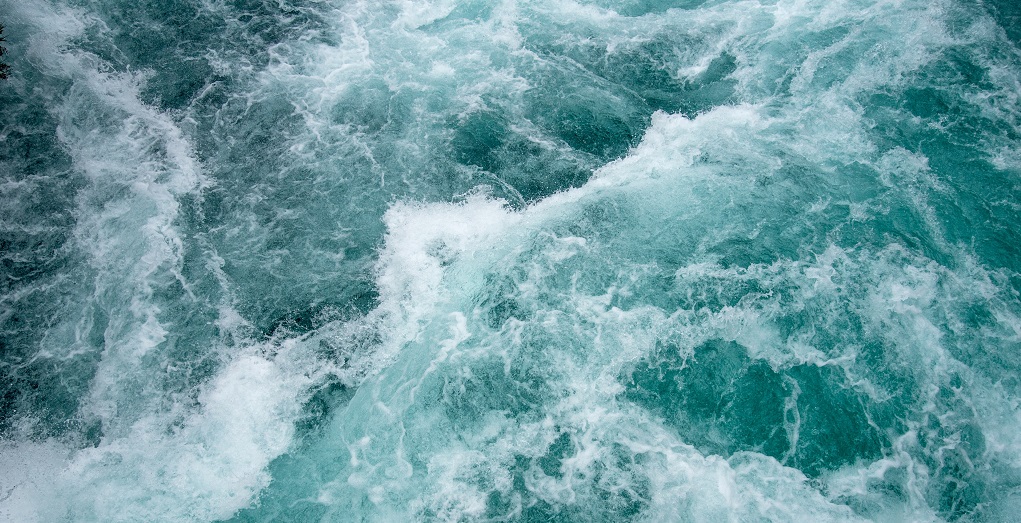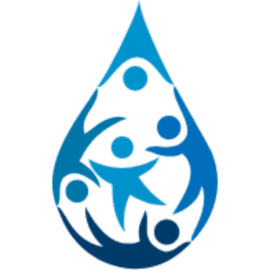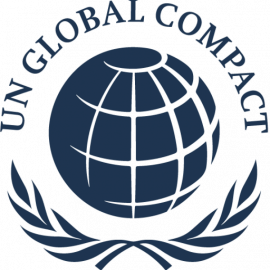Water Scarcity: The Effect of Human Activity on Limited Resources

Water, a vital resource that many of us take for granted, is being depleted as we speak. Not only can this pose a threat to the environment and our ecosystems, but also to our wellbeing as a humankind. In this article, we will dive into the what, why and how of water scarcity. How can it be scarce? What impacts does water scarcity have? And why should we care? But most importantly, what can we do to help?
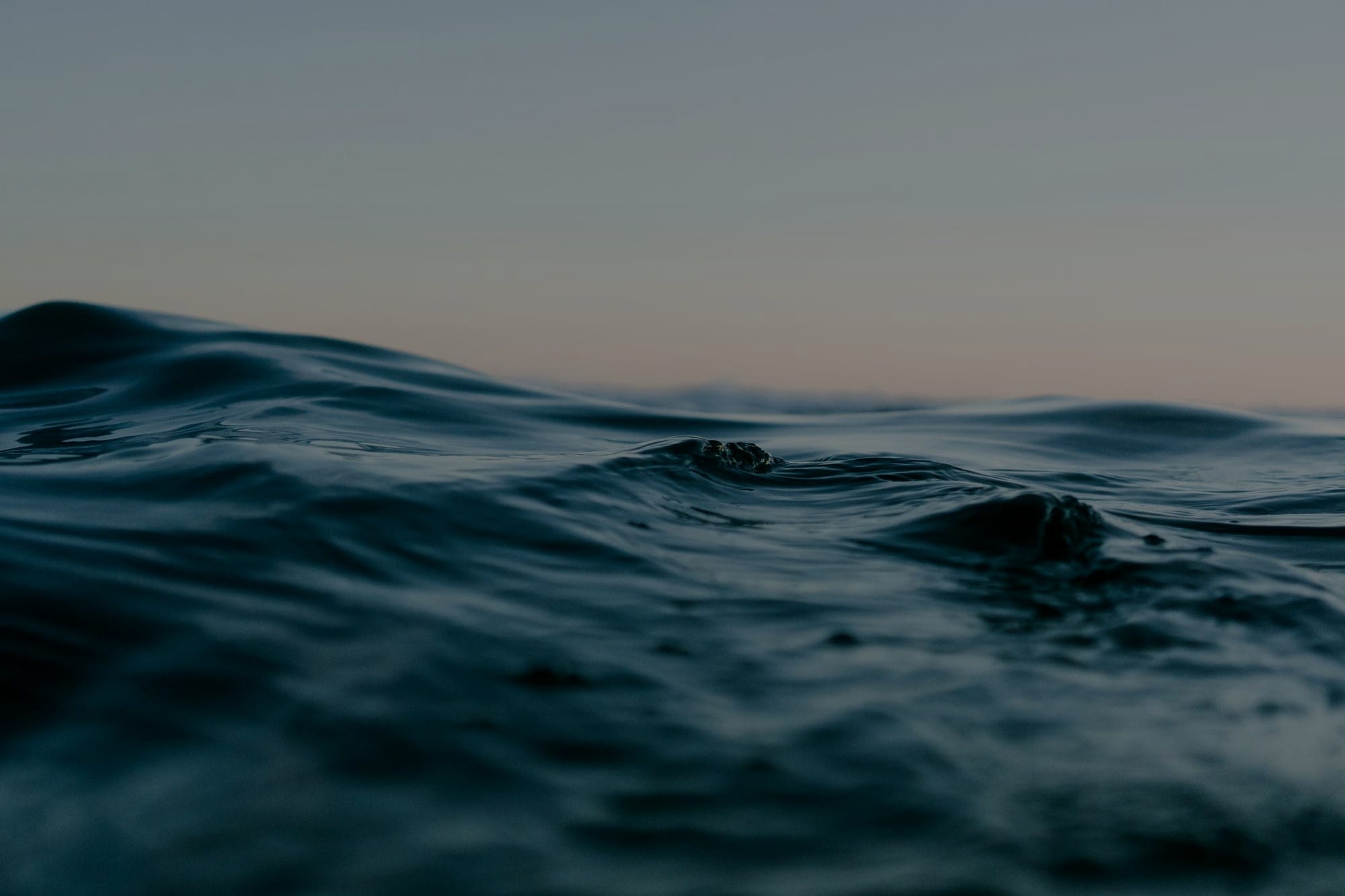
The True Extent of Water Scarcity
70% of our planet is covered by water, so how can it be scarce?
Water is one of the fundamental components that supports nearly all life forms on Earth. In fact, 70% of our planet is covered by water, fooling many into believing that it is a never-ending resource. The reality is, freshwater - what we drink and irrigate our farms with - makes up only 3% of all of Earth's water, and two-thirds of that amount is stored in frozen glaciers or are otherwise unavailable for human use, making it a surprisingly rare commodity.
This lack of freshwater means that some 1.1 billion people worldwide do not have proper access to it, and some 2.7 billion people find water scarce for at least one month of the year.
This situation is only made worse by the fact that many of the water systems responsible for supporting our ecosystems and feeding the human population, have become stressed. Natural water resources such as rivers, lakes and aquifers are either drying up or becoming too polluted to use. To add on, more than half the world's wetlands have disappeared and climate change is altering patterns of weather and water around the world, causing shortages and droughts in some areas and floods in others. The water that is left is, for the most part, consumed for agricultural means, with a lot of it wasted through inefficiencies.
Why is Water Scarce?
In order for civilizations to grow and thrive, the human population has successfully been able to harness many of the world's natural waterways, using them to build dams, water wells, irrigation systems and other vital structures. As beneficial as this is, our human activity has placed an increasing amount of stress and pressure on these systems, causing various freshwater resources to dry up.
The problem of water scarcity can be attributed to the following factors:
Pollution
Pollution comes in many forms and is one of the main contributors to water scarcity as it almost always makes the water unfit for human consumption. Some examples of water pollution can include pesticides and fertilizes that are washed away from farms, untreated human wastewater along with industrial waste. Underground water resources are also at risk given that many pollutants can seep into underground aquifers. While some of these pollutants have an immediate impact (such as human waste contaminating water and making it unfit to drink or swim in), others, such as toxic substances from industrial processes, may take years to build up in the environment before their effects are fully recognizable.
Agriculture
Agricultural activity uses a whopping 70% of the world's usable freshwater, however, roughly 60% of this water is wasted due to inefficient irrigation systems as well as ineffectual crop cultivation methods. The unproductive use of said water is causing rivers, lakes and underground aquifers to dry up. It comes as no surprise, then, that large exports of agricultural produce - such as India, China, Australia, Spain and the United Stated - are reaching their water resource limits.
Not only does agriculture waste a lot of water, but it also contributes to water pollution. This is largely due to fertilizers and pesticides contaminating water resources.
Population Growth
The human population has more than doubled in the last 50 years, and with it economic development and industrialization, thus putting strain on water ecosystems around the world and resulting in a massive loss of biodiversity. To add on, as more people inhabit an area, the overall demand for water increases. Growing populations also require more food production, which in turn necessitates increased water usage for agricultural means, thus intensifying the aforementioned effects of agriculture on water availability.

The Impact of Water Scarcity
Water scarcity can start a cascade of events that affect our social, economic and environmental systems. Including the following:
Disappearing Wetlands
Wetlands are some of the most productive habitats on the planet, home to a high concentration of biodiverse animals - including mammals, birds, fish and invertebrates. To add on, we humans rely on wetlands for rice production, water filtration, storm protection, flood control and recreation.
Food Insecurity
As stated before, the population is growing, meaning that there are more mouths to feed and more people who need access to water. As a result, agricultural production is required to expand by another 70% by 2025 in order to keep up with demand, thereby putting more strain on freshwater resources.
The Horn of Africa is one of many regions impacted by this: In February 2021, the UN World Food Program reported on a severe drought in the area, leaving an estimated 13 million people facing hunger. Intense and prolonged droughts have continued to destroy food crops, cause increased rates of livestock death and soaring food prices. As a result of this, families are struggling to put food on the table, which is one of he leading factors behind the high malnutrition rates occurring across the region.
Damaged Ecosystems
Water is one of the foundational pillars that supports a growing and thriving ecosystem, without it, an ecosystem (or natural landscape) can stumble, or even worse, completely collapse. The Aral Sea, located in central Asia, is an example of this. It used to be the world's fourth largest freshwater lake. However, in only three decades, the sea has lost over 90% of its area, leaving behind polluted land. This recline has created food shortages, a rise in infant mortality and decrease in life expectancy for the local population. Additionally, due to excessive pollution and water diversion for irrigation and power generation, the water is as salty as an ocean, rendering it useless for agriculture; Additionally, the unique flora and fauna of the Aral region are now facing extinction.
Human Conflict
With limited resources comes increased competition, in this case, between water uses. Egypt's water supply is being threatened by the construction of the Gran Ethiopian Renaissance Dam on the upstream stretch of the Nile River. Although the dam will benefit Ethiopia both economically and socially, Egypt could potentially lose as much as 36% of the total water supply as downstream water flow is restricted. Egypt may resort to military action to protect its water resources, potentially putting many lives at risk.
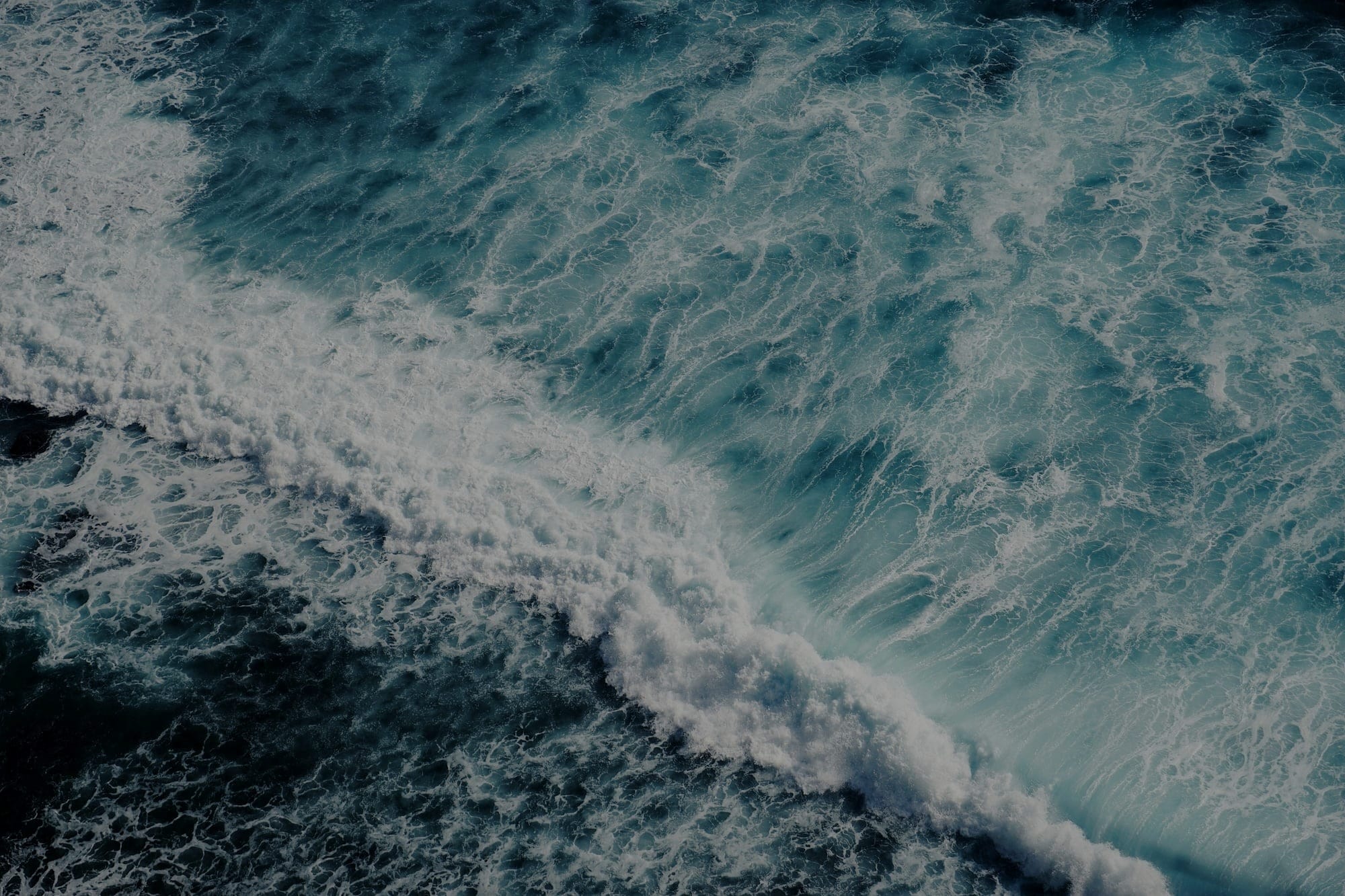
Possible Solutions
What are we doing and what can we do about water scarcity?
Water Stewardship
The World Wildlife Fund (WFF) is advocating for and encouraging the establishment of an international water stewardship standard, otherwise known as the Alliance for Water Stewardship. They also support causes such as the Water Footprint Network, the United Nations' CEO Water Mandate and the World Economic Forum. To add on, the WWF works at a local level by conducting projects that measure water use and river basin impact, as well as demonstrating solutions for reducing these impacts. They also partner with businesses and industries to identify water risks and help them adjust their practices to those that will enhance water stewardship
Collecting and Storing Rainwater for Later Use
Perhaps the most simple and cost-efficient solution to water scarcity is to collect and save rainwater in regions that get enough rainfall. The benefits of this is that rainwater does not require too much technology to maintain, making this an adequate alternative for poorer regions that have reliable rainfall.
An excellent local example of ecosystem regeneration is Kunskapsparken, located in Lund, Sweden. This artificial nature reservoir is open to the public and serves as a remarkable demonstration of how ecosystems can be restored and revitalized, even after significant human impact.
The park contains a small and a big dam that collects rainwater from the entire region of Brunnshög. The little dam acts as a filtering system that filtrates out heavy metals, among other pollutants, before the water travels further to the bigger dam. VA SYD (a regional organisation in southwest Sweden in charge of water and sewage systems) is responsible for cleaning the dams regularly to ensure quality control of the water. Now, what is this water actually used for? Well, conveniently enough, the park's vegetation is watered using water from the big dam making this is a prime example of how we can efficiently collect and store rainwater, recycling it back into the environment.
Aqueducts
Aqueducts move water from where it is plentiful to where it is needed, although there is a potential risk that the water diversion can cause a drought in the area where the water extracted from.
Desalination
Desalination is a method that could actually increase the amount of freshwater on Earth. It involves removing dissolved salt and minerals from seawater by boiling, filtration and electrodialysis and reverse osmosis. However, there are two aspects to consider regarding this alternative. On one hand, this approach is advantageous given that there is a virtually unlimited supply of saltwater. On the other hand, the procedures used to desalinate water is considerably expensive and requires a lot of energy input, making it a rather unconventional resource. To add on, desalination produces a byproduct of highly saline wastewater that when disposed of, has a significant environmental impact.
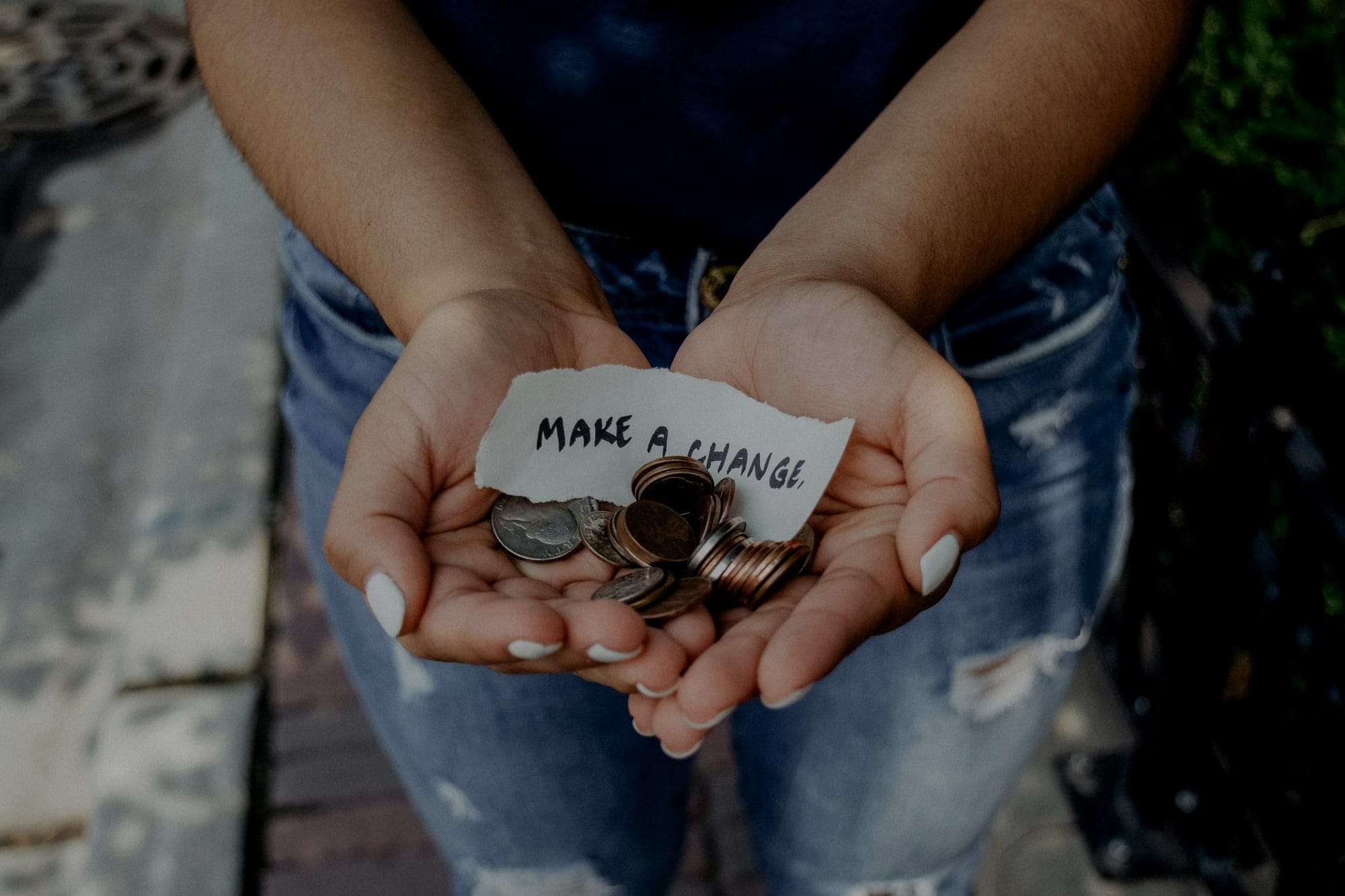
What Can You Do To Help?
It is best to not feel hopeless in situations like these. You might be thinking: I am one person against a global environmental issue. What can I possibly do?
But fear not, there are many things you can do to help protect our valuable freshwater resources.
Together, we can protect vulnerable wildlife, conserve vital habitats, and build a future where people live in harmony with nature. Make your donation to World Wildlife Fund today and power our global conservation solutions. - WFF
Donations

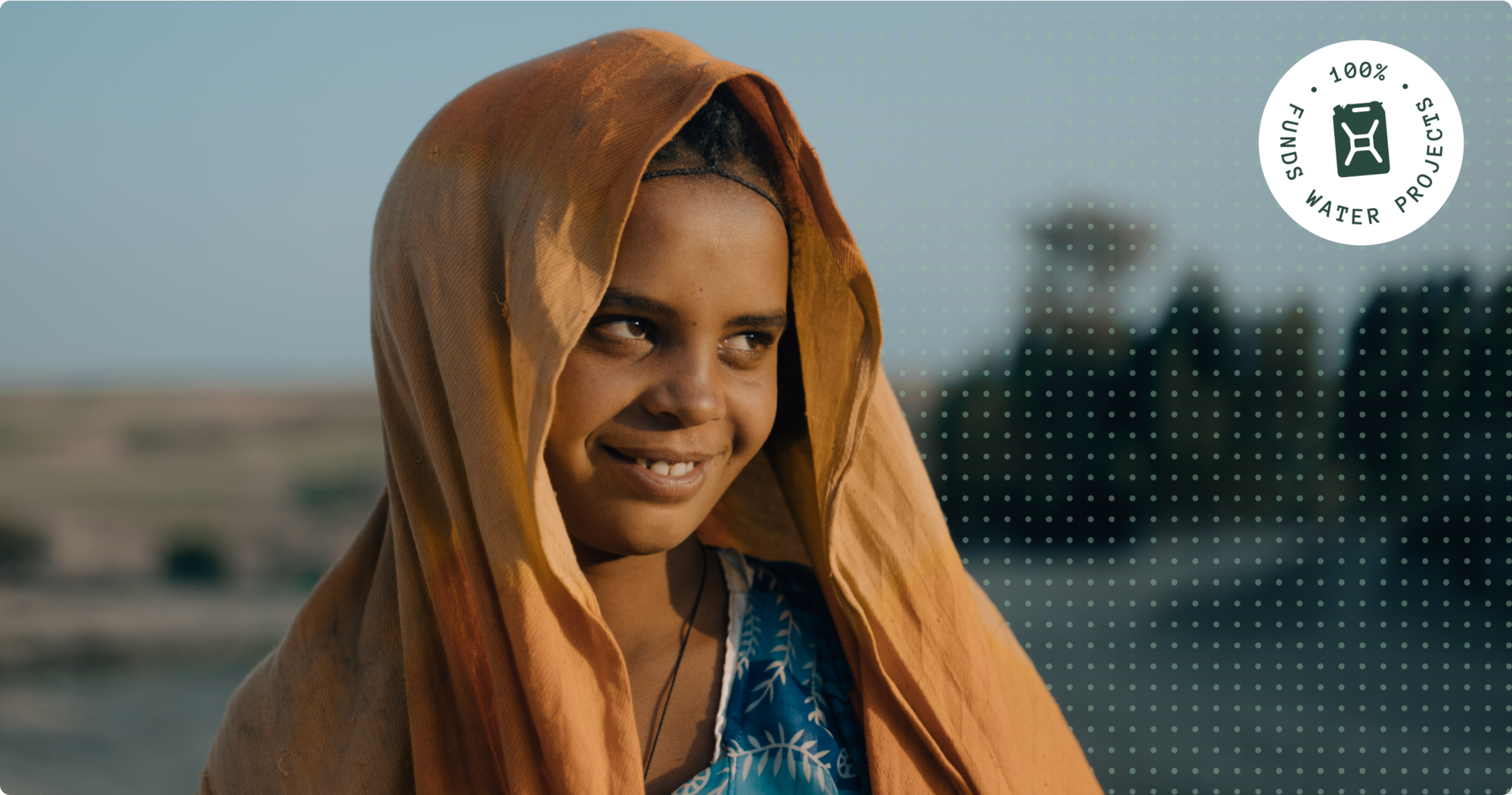
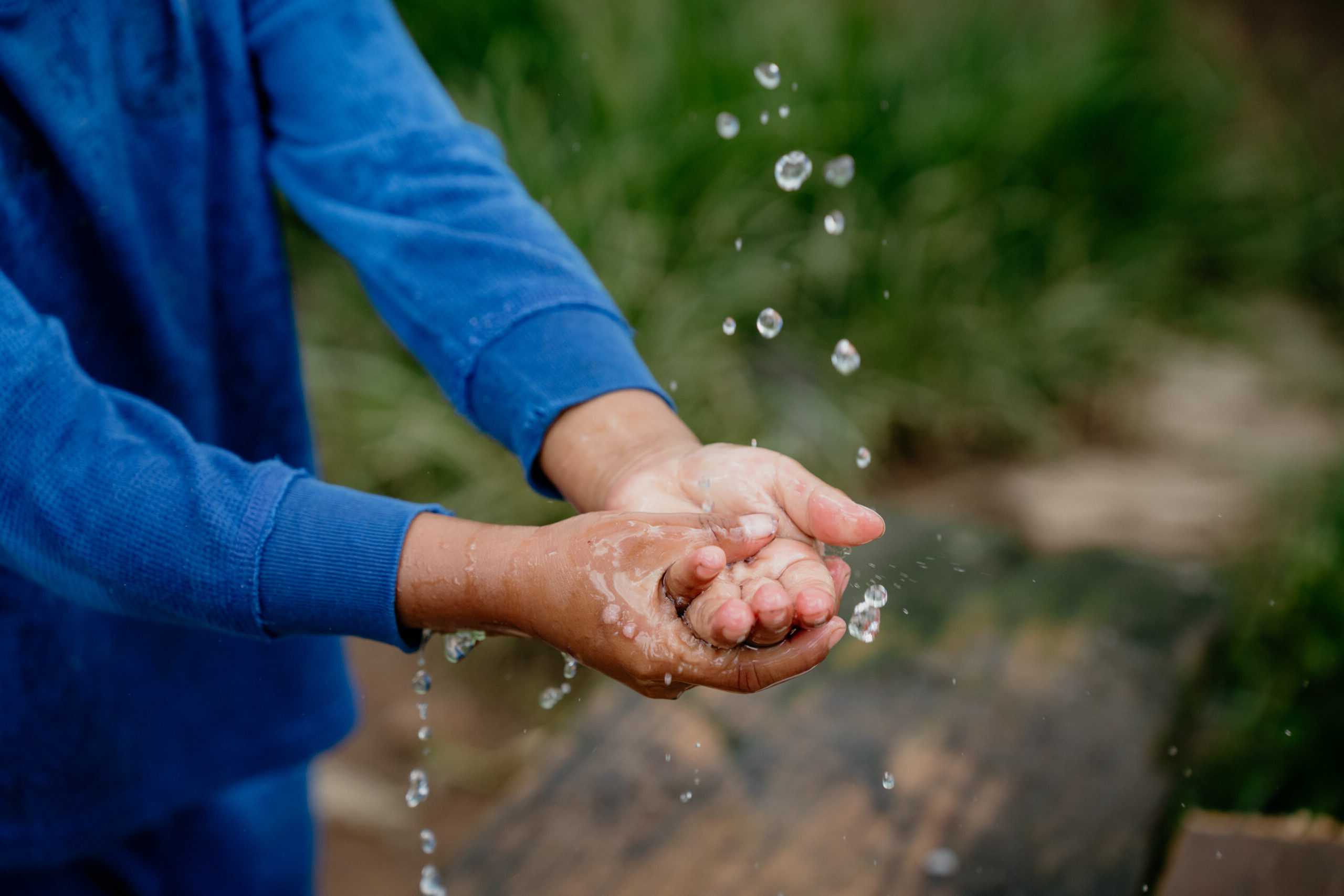
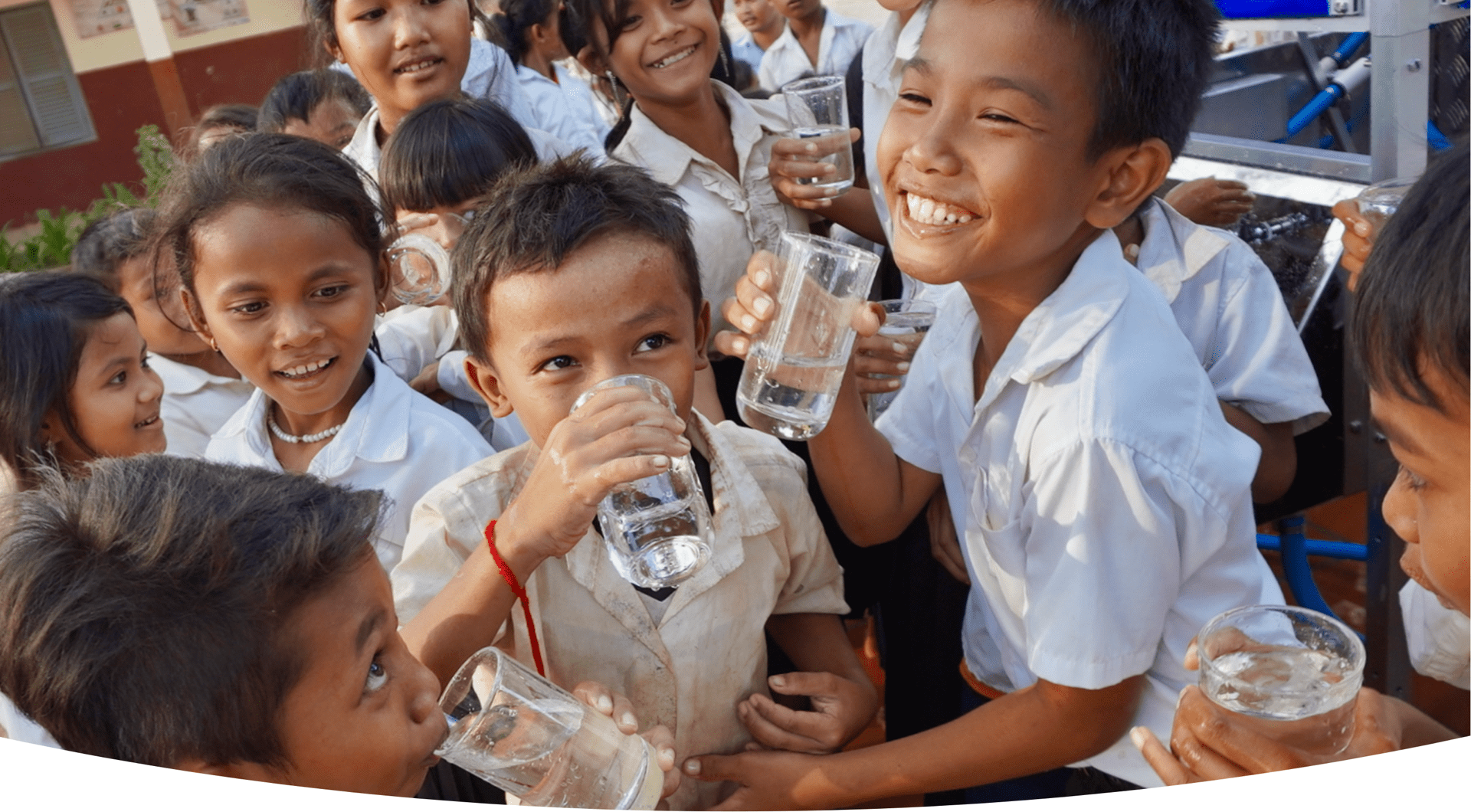
Sign Petitions
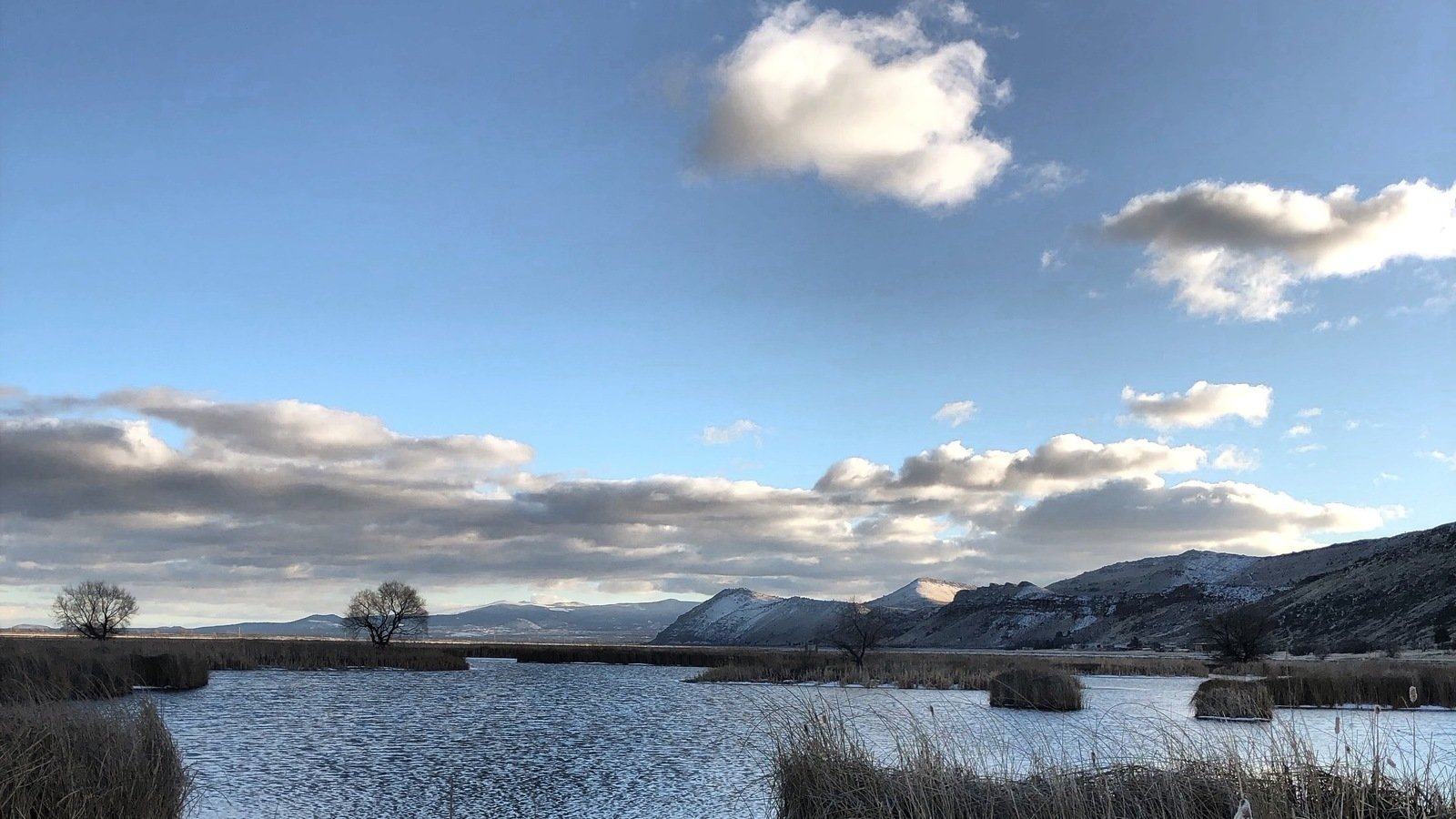
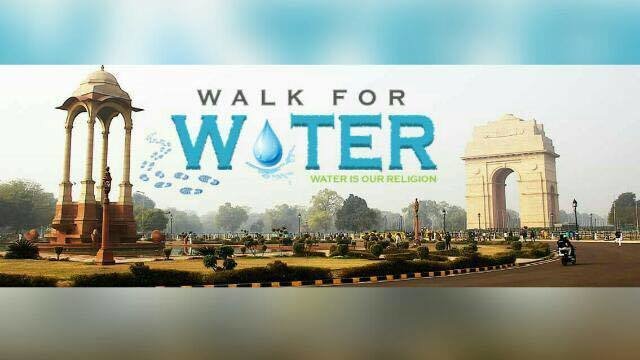
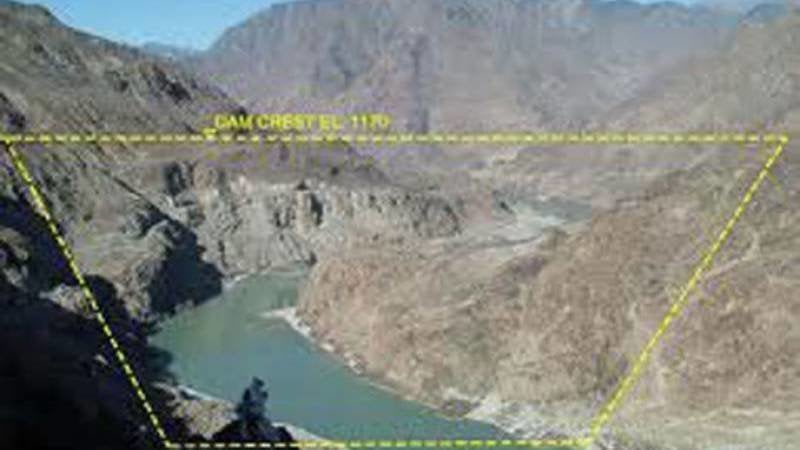
For Those Who Own Businesses
All CEO Water Mandate Endorsers must be private sector businesses with at least 10 employees and must become signatories of the UN Global Compact within 6 months of joining the Mandate. To join the UNGC, companies must commit to ten principles on human rights, labor, environment, and anti-corruption. Complete the business application for your company today. - CEO Water Mandate
